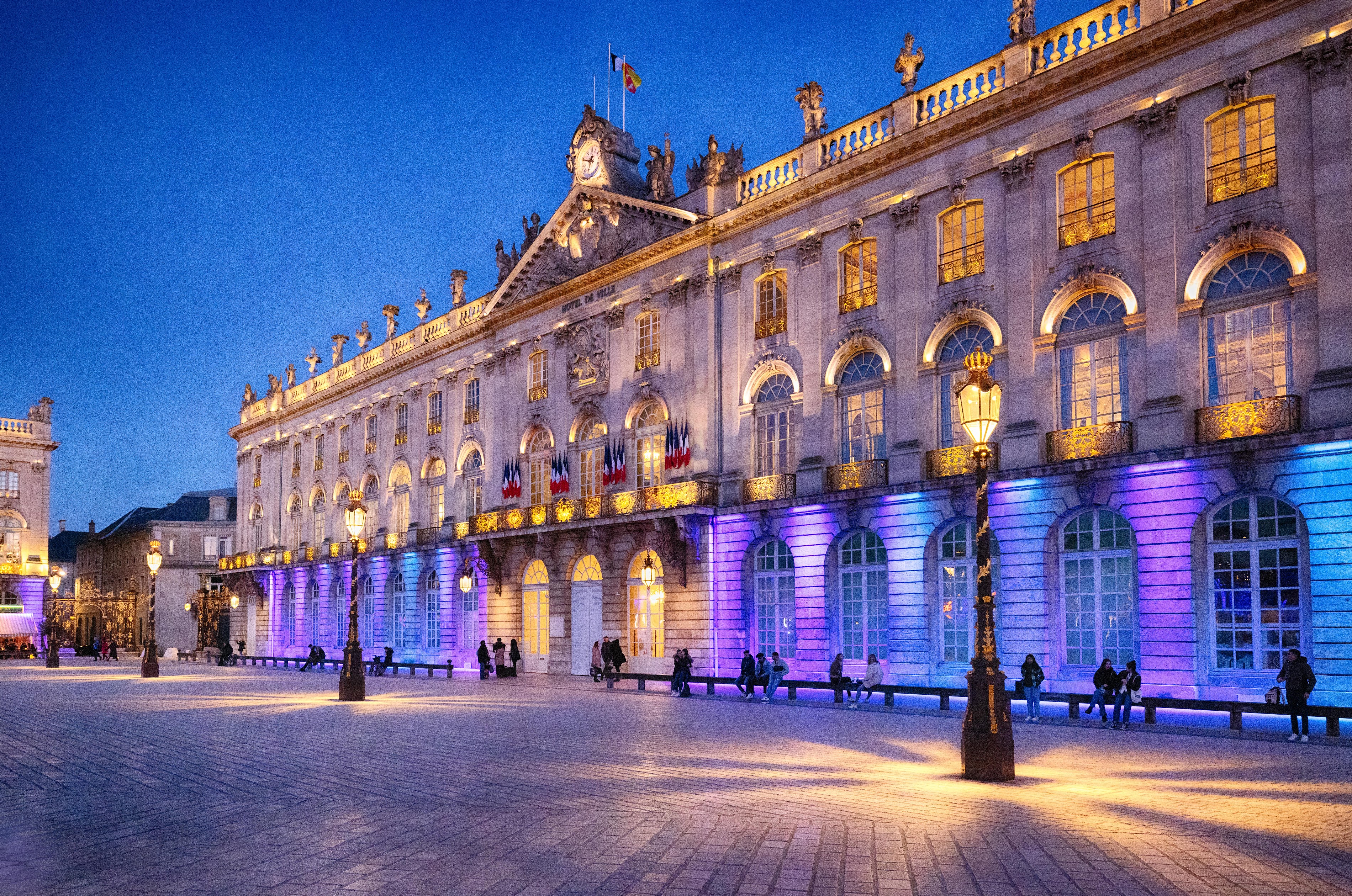Place Stanislas: A Masterpiece of 18th-Century Urban Design
In the heart of Nancy, a city steeped in history and culture, an architectural marvel awaits. As the warm glow of the setting sun bathes the square in golden light, visitors and locals alike are drawn to this magnificent space. The air buzzes with excitement, filled with the gentle murmur of conversations and the distant sound of music. This is Place Stanislas, a testament to the vision of a king and the skill of countless artisans, where history and modernity intertwine in a captivating dance.

A Royal Vision Realized
Place Stanislas was not simply built; it was carefully crafted as the centerpiece of an ambitious urban renewal project. In the mid-18th century, the former Duke of Lorraine and deposed King of Poland, Stanislas Leszczy?ski, embarked on a mission to transform Nancy. His vision was to create a space that would unite the medieval old town with the newer, Renaissance-era town.
The square was designed by the royal architect Emmanuel Héré, and its construction was overseen between 1752 and 1756. No expense was spared in its creation, with the finest materials and most skilled craftsmen employed to bring Stanislas' dream to life. The result was a harmonious blend of architecture and urban planning that would come to be regarded as one of the most beautiful squares in Europe.
Things to do in Nancy
A Symphony in Stone
As one enters the square, the eye is immediately drawn to the perfect symmetry of the surrounding buildings. The facades, crafted in a uniform neoclassical style, are adorned with elegant balconies and intricate stonework. The City Hall, the Opera House, and the Fine Arts Museum are among the notable structures that frame the square, each a masterpiece in its own right.
At the center of Place Stanislas, a statue of the square's namesake stands proud, gazing out over his creation. The statue was added in 1831, replacing an earlier one of Louis XV that had been destroyed during the French Revolution. It serves as a focal point, drawing the eye and reminding visitors of the square's royal origins.
The Golden Gates
Perhaps the most striking features of Place Stanislas are its ornate wrought-iron gates and lanterns. Created by the master ironworker Jean Lamour, these gilded masterpieces are considered some of the finest examples of 18th-century metalwork in the world. The gates, positioned at the corners of the square, are adorned with intricate designs and topped with gleaming gold leaf.
At night, the square is transformed as the lanterns are illuminated, casting a warm, ethereal glow over the entire space. This lighting, carefully designed to enhance the square's beauty, turns an evening stroll through Place Stanislas into a truly magical experience.
A Living Monument
While Place Stanislas is undoubtedly a historical treasure, it is far from a static monument. The square pulses with life, serving as a gathering place for both locals and tourists. Cafes and restaurants spill out onto the square, their tables filled with people enjoying the ambiance and watching the world go by.
Throughout the year, the square plays host to various events and festivals. During the summer months, sound and light shows are projected onto the buildings, bringing the square's rich history to life in a dazzling display of color and movement. In winter, a Christmas market transforms the space into a festive wonderland, complete with an ice-skating rink and twinkling lights.
A Legacy Preserved
The importance of Place Stanislas has been recognized far beyond the borders of Nancy. In 1983, it was designated a UNESCO World Heritage site, along with the connected Place de la Carrière and Place d'Alliance. This recognition ensures that this architectural gem will be preserved for future generations to admire and enjoy.
Today, as visitors wander through the square, they are not just observing a beautiful space, but participating in a living history. Each step on the well-worn cobblestones follows in the footsteps of countless others who have marveled at this urban masterpiece over the centuries.
As the day draws to a close and the lights of Place Stanislas begin to twinkle, one can't help but feel a sense of awe at the enduring beauty of this remarkable square. It stands as a testament to the vision of its creators and the enduring spirit of Nancy itself. For those seeking to delve deeper into the city's rich artistic heritage, a visit to the Musée de l'École de Nancy is highly recommended, where the city's Art Nouveau treasures await discovery.

 Home
Home Wishlist
Wishlist